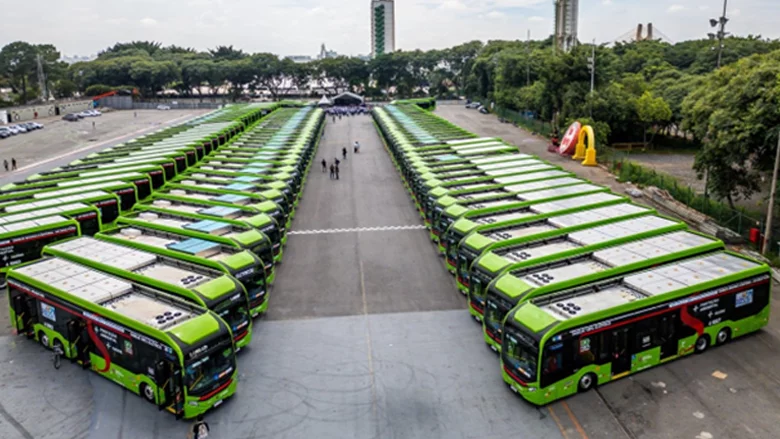Growing public transport patronage in the presence of a strong demand for car ownership and use remains a high agenda challenge for many developed and developing economies. While some countries are losing public transport modal share, other nations are gearing up for a loss, as the wealth profile makes the car a more affordable means of transport as well as conferring elements of status and imagery of “success”. Some countries however have begun successfully to reverse the decline in market share, primarily through infrastructure-based investment in bus systems, commonly referred to as bus rapid transit (BRT). BRT gives affordable public transport greater visibility and independence from other modes of transport, enabling it to deliver levels of service that compete sufficiently well with the car to attract and retain a market segmented clientele. BRT is growing in popularity throughout the world, notably in Asia, Europe and South America, in contrast to other forms of mass transit (such as light and heavy rail). This is in large measure due to its value for money, service capacity, affordability, relative flexibility, and network coverage. This paper takes stock of its performance and success as an attractive system supporting the ideals of sustainable transport











